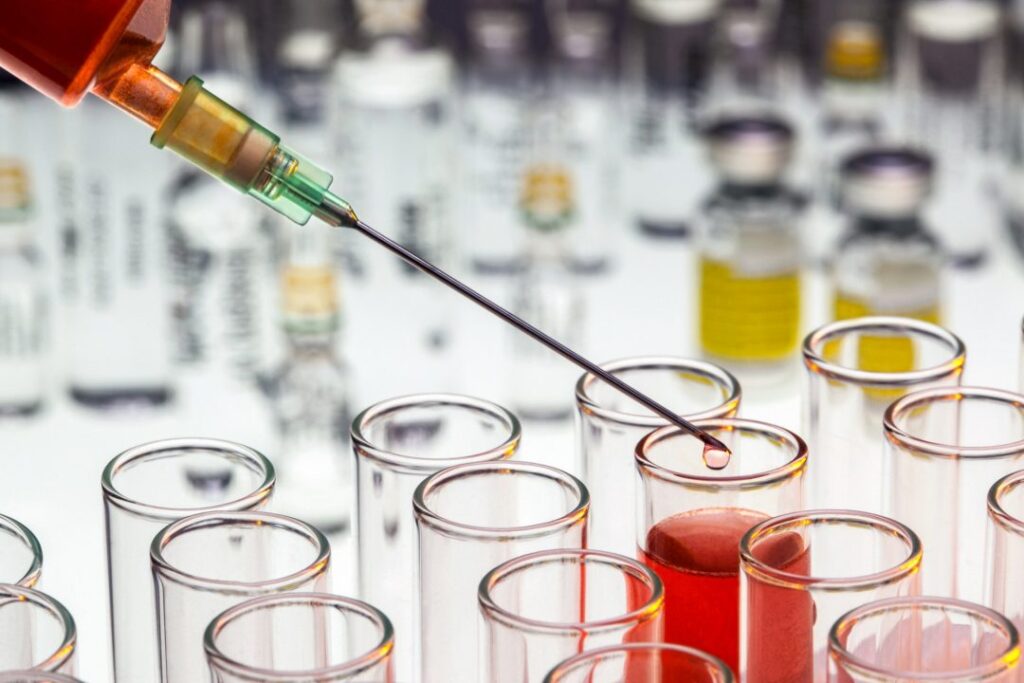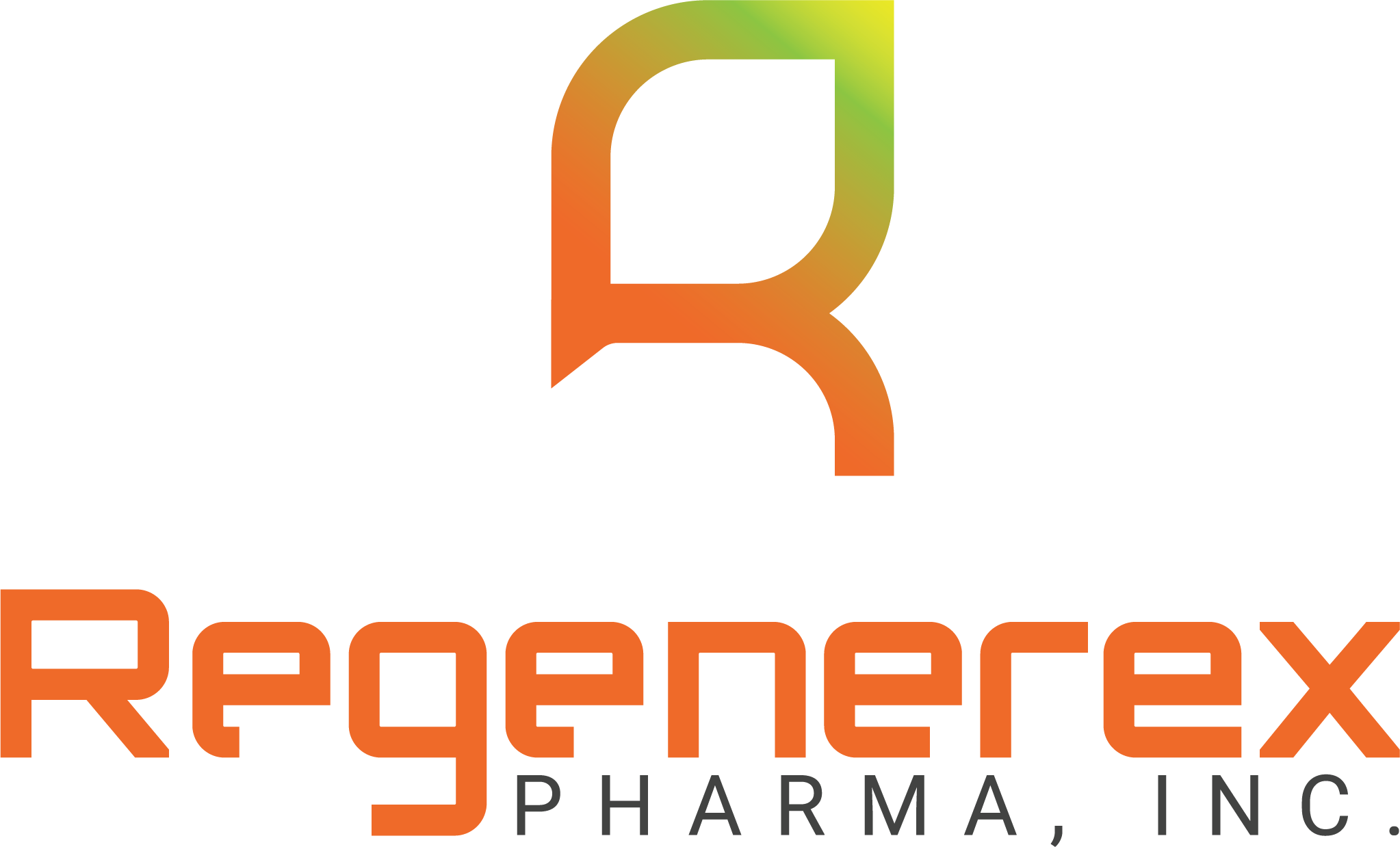Venous Ulcers
Venous Ulcers
- Venous Ulcers are the most common and costly chronic wound ulcer seen in the United States
- Venous Ulcers affect women three times more often than men
- The prevalence of lower limb ulcers ranges from 0.12% to 0.32% of the general population
- Approximately 20% of all venous leg ulcers remain unhealed at two years.
- Patients experiencing venous ulcers suffer from the inability to heal and the high rate of reoccurrence at 72%
Venous Ulcers Becoming Chronic
Venous ulcers can become chronic wounds when they fail to progress through a normal, orderly, and timely sequence of repair. They are characterized by stalled or delayed healing for weeks, months, and even years, and by a resistance to treatment with conventional dressings and therapies.
Approximately 20% of all venous leg ulcers remain unhealed at two years.
Chronic wounds, including those initiated by venous ulcers, are also associated with increased levels of proteases, like MMP-2 and MMP-9, which can degrade the extracellular matrix and inactivate growth factors, hindering healing. They are also linked to persistent overproduction of reactive oxygen species (ROS), which can be detrimental to healing. These factors contribute to the persistence and resistance to treatment seen in chronic venous ulcers.
Background
Venous ulcers are open sores that typically develop on the lower extremities, primarily due to inadequate venous blood flow. They occur when veins, which are responsible for returning deoxygenated blood to the heart, are unable to effectively pump blood upwards. This leads to blood pooling in the lower legs, increasing pressure in the capillaries and causing fluid to leak into the surrounding tissues. This fluid buildup and swelling can eventually lead to skin breakdown and ulcer formation.
Venous Ulcers are the most common and costly chronic wound ulcer seen in the United States and affect women three times more often than men.
The prevalence of lower limb ulcers ranges from 0.12% to 0.32% of the general population. (Burrows 2006) Patients experiencing venous ulcers suffer from the inability to heal and the high rate of reoccurrence at 72%. (Sibbald 2006) Venous ulcers can cause pain, limit activities of daily living, and negatively impact quality of life.
Venous ulcers can be caused by damaged or leaky venous valves or a faulty calf muscle pump action that causes sustained high venous pressure known as venous hypertension. These ulcers are usually located around the medial malleolus and are accompanied by edema or swelling of the affected leg, large amounts of drainage, and often have a scaly type of skin condition known as dermatosis. It is important to note that not all leg ulcers are venous in origin, particularly those ulcers located above or below the gaiter and ankle region.
Characteristics of Venous Ulcers
- Location: Most commonly found on the inner part of the leg, above the ankle.
- Appearance: They tend to have irregular borders and a shallow appearance. The base of the ulcer is often red and may be covered with yellow fibrous tissue (slough).
- Skin around the ulcer: The surrounding skin may be discolored (hyperpigmentation), swollen, warm to the touch, and itchy. There may also be evidence of varicose veins or lipodermatosclerosis (hardened, tightened skin).
- Pain: Pain can vary, but it is often described as a dull ache and may be relieved by elevating the leg.
- Exudate: Typically produce moderate to heavy exudate (drainage).
- Pulses: Peripheral pulses in the foot are usually present and normal.
Venous Ulcer Causes and Risk Factors
The primary cause of venous ulcers is chronic venous insufficiency (CVI), a condition where the valves in the leg veins are damaged or weakened. Risk factors include:
- Deep vein thrombosis (DVT): Blood clots in the deep veins can damage the valves.
- Obesity: Increases pressure in leg veins.
- Pregnancy: Hormonal changes and increased pressure on pelvic veins can contribute to CVI.
- Trauma or injury to the leg: Can damage veins.
- Family history: A genetic predisposition to venous disease.
- Older age: The risk increases with age.
- Prolonged standing or sitting: Can worsen venous pooling.
Treatment for venous ulcers focuses on improving venous circulation, reducing swelling, and promoting wound healing. This often involves compression therapy, wound care, and addressing underlying risk factors. Unlike arterial ulcers, compression is a cornerstone of venous ulcer treatment.
Our Research
Regenerex is continuously evaluating new technologies to improve clinical and financial outcomes of products and programs.


Quick Links
Need help?
If you have questions regarding venous ulcers and how Regenerex technology can help the healing process, please contact us.

